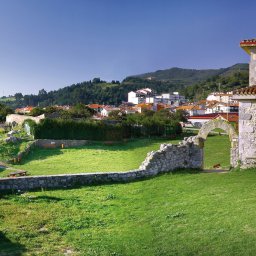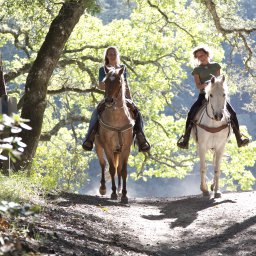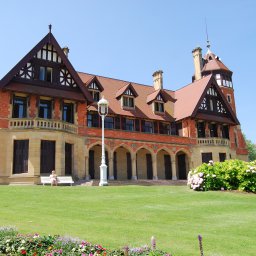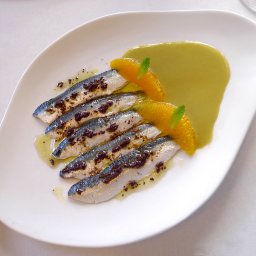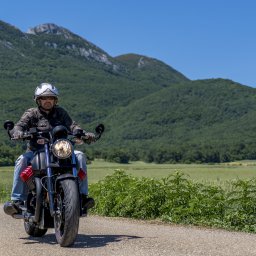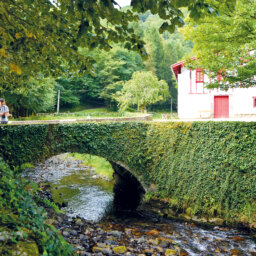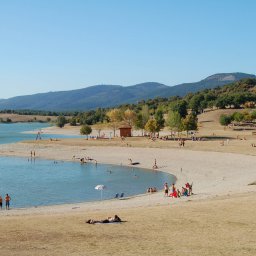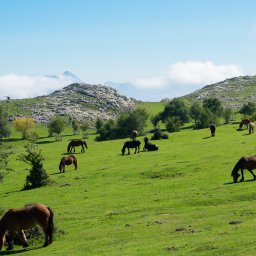Culture, cuisine, excellent wine, good roads, excellent accommodation, quality of life, beckoning beaches and gorgeous scenery. These are the main attractions for travellers to the Basque Country. But something else turns their attention to our lakes, mountains and skies: birds. A dozen birdwatching observatories can be found across our wetlands, coasts and mountains. Let the show begin!
The Basque Country may be small, but it offers exceptional resources for birdwatchers. Within a 50-kilometre radius, there are three different bioclimatic zones: the Atlantic, the Mediterranean, and an Atlantic-Mediterranean transition zone. Some of the best griffon and Egyptian vulture populations in Europe can be found here. The Basque Country offers first-rate tourism services and facilities designed for public use, including bird observatories, interpretation centres and well-signposted routes. The experienced staff at the information points are happy to answer your questions, turning a simple visit into a lasting experience.
Twenty percent of the Basque territory falls within the Natura 2000 European network, comprising special protection areas (Natural Parks, Protected Biotopes and Unique Trees), seven internationally recognised Ramsar Wetlands and a Biosphere Reserve, among other sites of environmental significance. The Basque coast is frequented by countless seabirds and cetaceans, providing nature lovers with an excellent opportunity to spot marine wildlife.
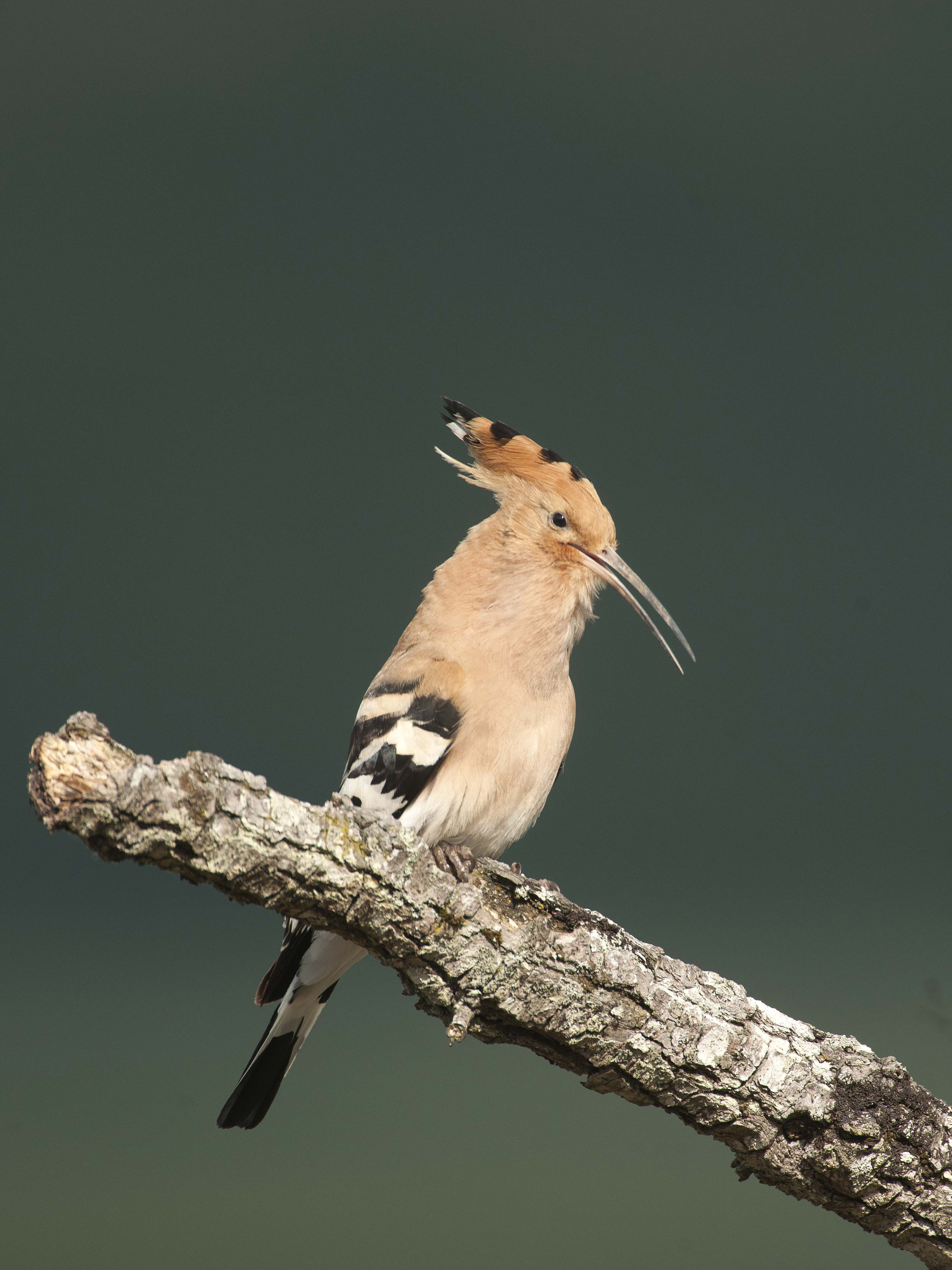
Txingudi Bay, Gipuzkoa
While small, the geography of Txingudi attracts one of the highest concentrations of migratory birds to be found in the Basque Country. Situated at the mouth of the Bidasoa River between the foothills of the Western Pyrenees and the Bay of Biscay, Txingudi is a stopover for migratory landbirds skirting the Pyrenees Mountains, and for sea and water birds migrating along the coast.
Species such as the red-breasted merganser, great northern loon, common spoonbill, little ringed plover, purple sandpiper, red knot, sanderling, Mediterranean gull, great black-backed gull and the common grasshopper warbler can be sighted year-round at the convenient birding routes and observatories.
Lagoons of Laguardia, Alava
The Lagoons of Laguardia are four wetland lakes located just outside this picturesque town in the Rioja Alavasa region Three of these lakes are natural, internally-drained saline lakes with no outlet to the sea. This is the nesting place for mallards, coots, little grebes, great crested grebes, water rails and western marsh harriers. A colony of night herons, grey herons and purple herons also make their home in the reeds surrounding these lakes. During migration and in winter they are visited by several species of ducks and waders, and even the Eurasian bittern makes the occasional appearance.
The lakes are surrounded by characteristic Rioja Alavesa landscape – vineyards, almond orchards and patches of Mediterranean scrubland where birds with a Mediterranean distribution make their nests. Examples include the black-eared wheatear, the short-toed lark, and the European bee-eater. A series of trails connect the lakes, making it easy to spot the birdlife in this area.
Valderejo, Alava
Valderejo a rural area set in wide depression surrounded by rocky escarpments. It stands out for its exceptional scenery and unique variety of flora and fauna. The Purón River runs through this protected area, carving a stunningly deep gorge. This area is home to one of the most complete lists of rock-breeding birds in the Basque Country. It’s not uncommon to see the griffon vulture, Egyptian vulture, golden eagle, peregrine falcon, alpine swift and both the yellow-billed and the red-billed chough.
A well-signposted network of trails allows birders to explore a good part of the park, while keeping a keen eye out for birds in the wooded areas, along the riverbanks, and in the pastures and mountains.
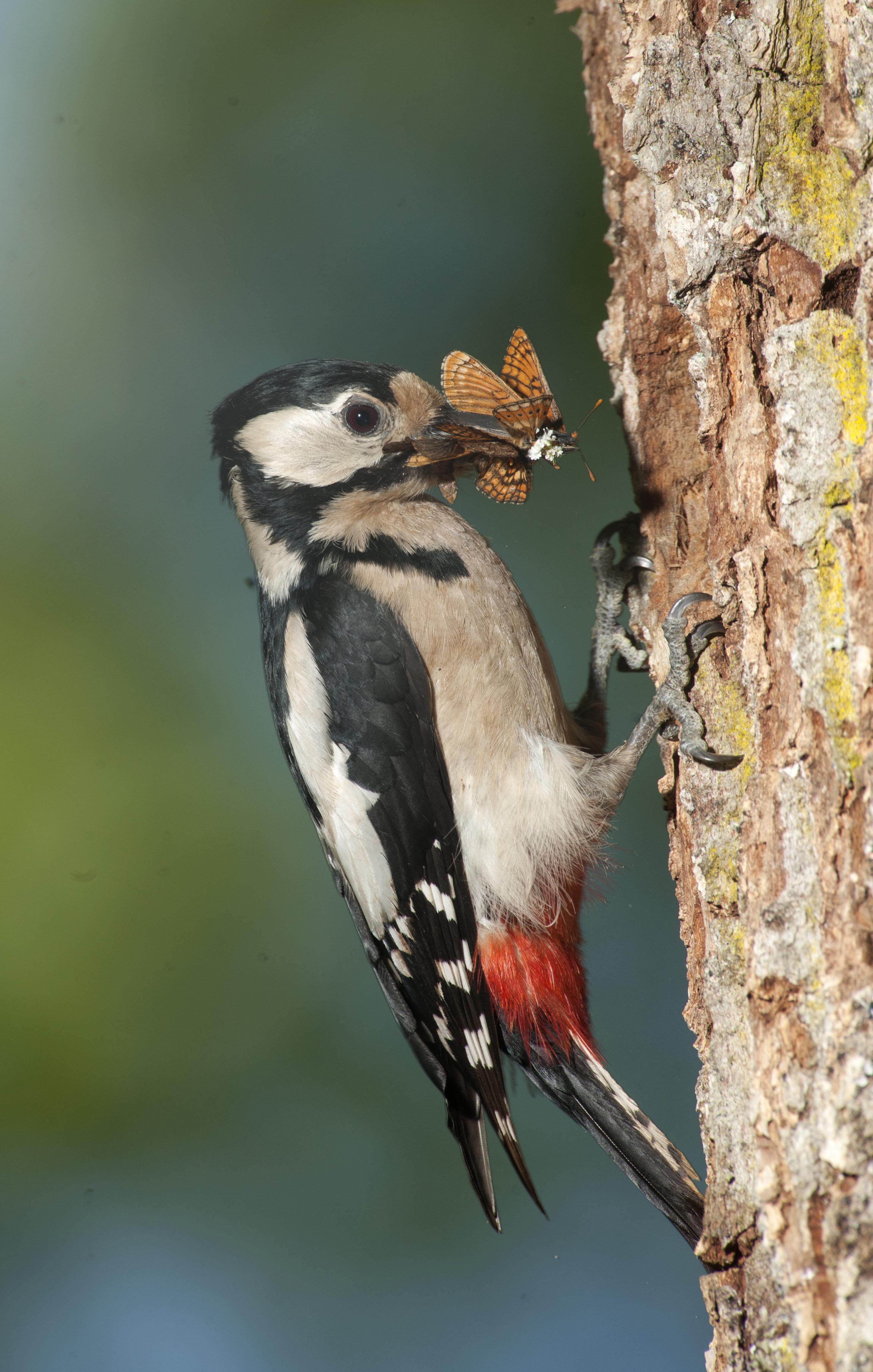
Urdaibai, Bizkaia
The Urdaibai estuary at the mouth of the River Oca is the most important wetland in the Basque Country in terms of size and state of conservation. It is also an important staging and wintering area for migratory birds, consisting of a mosaic of landforms. Sea cliffs, mountains, beaches, rivers, caves and forests all come together in this estuary. Urdaibai also has a rich geological, archaeological, and cultural history.
Cape Matxitxako, the best place in the Basque Country to observe seabirds and cetaceans, and the Urdaibai Bird Center, an excellent wetlands observatory and living museum in the heart of the reserve, are well worth a visit.
Dozens of bird species can be easily spotted from the Urdaibai Bird Center. Among them are the great northern loon, common buzzard, European golden plover, Northern lapwing, purple heron, common spoonbill, black kite, Eurasian curlew, peregrine falcon, great cormorant, grey heron, Western marsh harrier, black stork, kingfisher, common pochard, pied avocet, teal, and the oystercatcher. The Eurasian bittern is a regular winter visitor to Urdaibai. The osprey reintroduction project the bird centre’s flagship programme.
These are just four of the ten bird observation points in the Basque Country.
More information at



